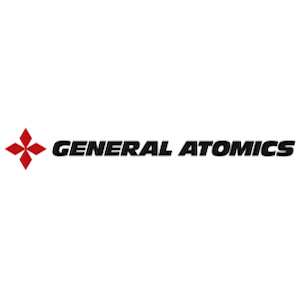Multivariable Robust Control of the Plasma Rotational Transform Profile for Advanced Tokamak Scenarios in DIII-D
W. Shi, W. Wehner, J. Barton, M.D. Boyer, E. Schuster, D. Moreau, T.C. Luce, J.R. Ferron, M.L. Walker, D.A. Humphreys, B.G. Penaflor and R.D. Johnson
American Control Conference
Montreal, Canada, June 27-29, 2012
|
Abstract
|

|
The tokamak is a high order, distributed parameter, nonlinear system
with a large number of instabilities. Therefore, accurate theoretical
plasma models are difficult to develop. However, linear plasma
response models around a particular equilibrium can be developed by
using data-driven modeling techniques. This paper introduces a linear
model of the rotational transform iota profile evolution based on
experimental data from the DIII-D tokamak. The model represents the
response of the iota profile to the electric field due to induction as
well as to heating and current drive (H&CD) systems. The control goal
is to use both induction and H&CD systems to regulate the plasma iota
profile around a particular target profile. A singular value
decomposition (SVD) of the plasma model at steady state is carried out
to decouple the system and identify the most relevant control channels.
A mixed sensitivity H_inf control design problem is formulated to
synthesize a stabilizing feedback controller without input constraint
that minimizes the reference tracking error and rejects external
disturbances with minimal control energy. The feedback controller is
then augmented with an anti-windup compensator, which keeps the given
profile controller well-behaved in the presence of magnitude
constraints in the actuators and leaves the nominal closed-loop
unmodified when no saturation is present. Finally, computer
simulations and experimental results illustrate the performance of the
model-based profile controller.








